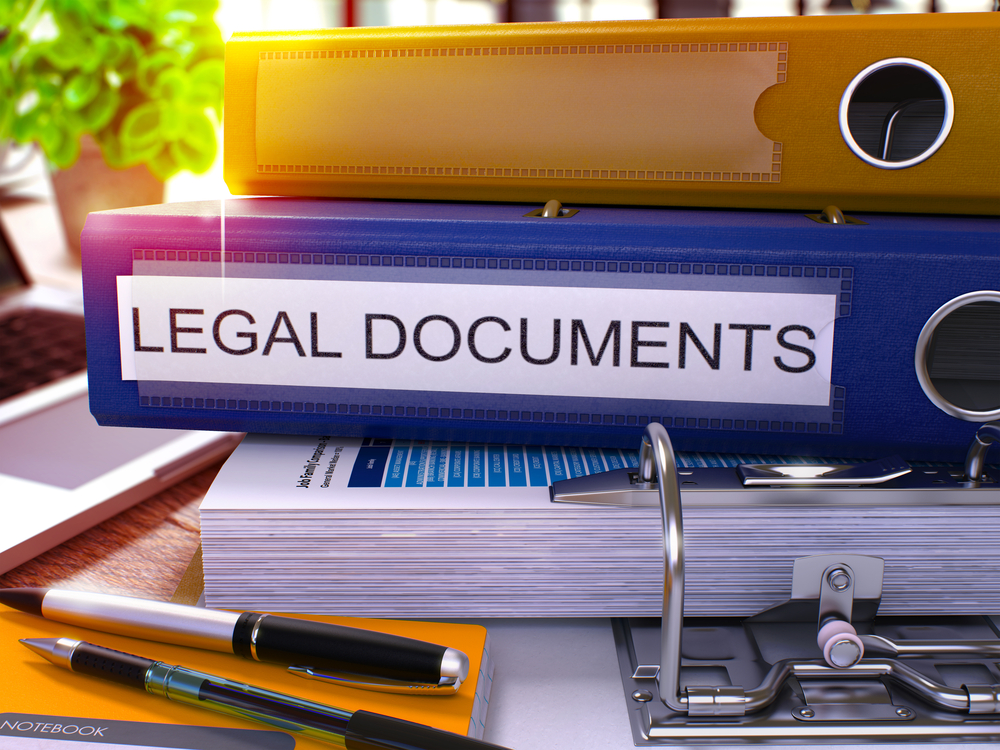Everything You Need to Know About Your First Rental Agreement

Renting your first apartment is a big step into adulthood. Not only will you be living on your own for the first time, but it is likely the first time you’ll be solely responsible for a significant, recurring bill. While there is a lot of excitement about finding, renting, and decorating your first pad, take the time to educate yourself on rental agreements to ensure you know what you are getting into before you sign on the dotted line.
What does a rental agreement contain?
In general, a rental agreement (or lease) will include all of the information you and your new landlord spoke about when you looked at the apartment. Not only will the monthly rent be included, but the lease should also include information about the length of the contract, your responsibilities in terms of utilities, and any repairs that have been made or will be made while you are living in the apartment.
A rental agreement should also include information about what you can and can not do in the unit. Some companies, for example, don’t mind if a tenant paints as long as they are willing to bring the walls back to their original color before they move out, while other landlords will require that the tenant does not change anything within the apartment. If your rental agreement doesn’t include this information, ask for it to be added.
What is the point of a rental agreement?
As a tenant, a lease agreement is put in place to protect both you and the landlord in question. You, as the tenant, are protected from sudden rate hikes and being asked to leave without cause. The landlord, on the other hand, is protected from a tenant up and vanishing and leaving him or her with an empty apartment to deal with. A lease agreement is also a legally binding document that can be used in court if you, the tenant, fail to pay your rent or decide to move before the terms of the lease expire.
Should a roommate be included on the lease?
If you are planning to live with roommates, it is crucial to ensure they are on the lease, as well. While you and your roommates will pay the landlord together, having every roommate that is living in the apartment on the agreement ensures that you are all held equally responsible for the rent and any damages that occur within the apartment.
While some private landlords will not require every tenant to be listed on a leasing agreement, most management companies will require that anyone residing within the apartment is listed. Management companies may also need each person to submit to a background and credit check.
What happens if I need to get out of my lease early?
While it’s never a good idea to leave a lease before the term expires, sometimes things happen. Work with your landlord to understand the proper protocol if you need to terminate that agreement early. Some landlords will allow a tenant to sublet a unit for the remainder of their contract. In these cases, the landlord doesn’t care who is in the unit as long as the rent is paid, but remember, some landlords and management companies forbid subletting. Make sure you ask about the policy and get it in writing.
Some management companies will hold a tenant responsible for the rent for the length of time that the unit is unoccupied. A landlord can take you to court to recoup the costs of finding a new tenant and repairing a unit for showing if you fail to meet the terms of the lease. For example, if your lease is for one year and you move out in month 9, the landlord can hold you responsible for the three months remaining on the agreement.





